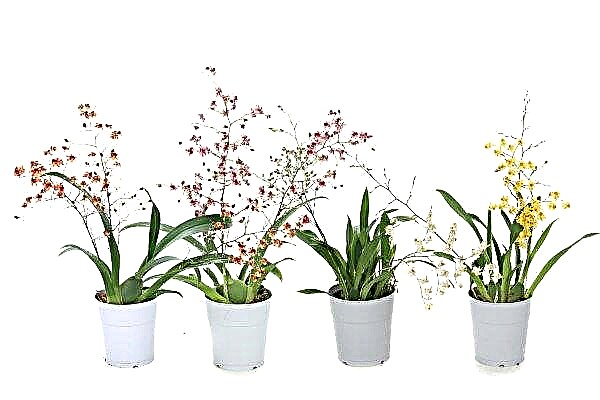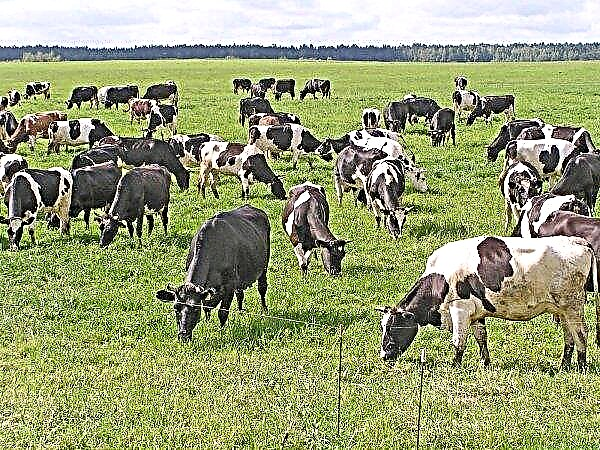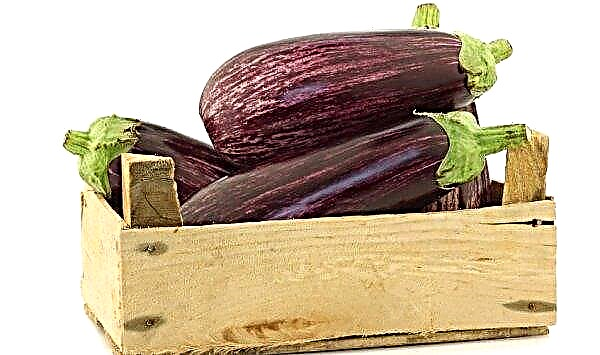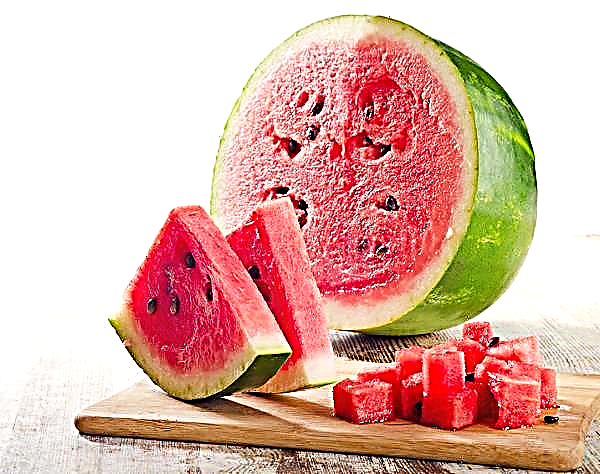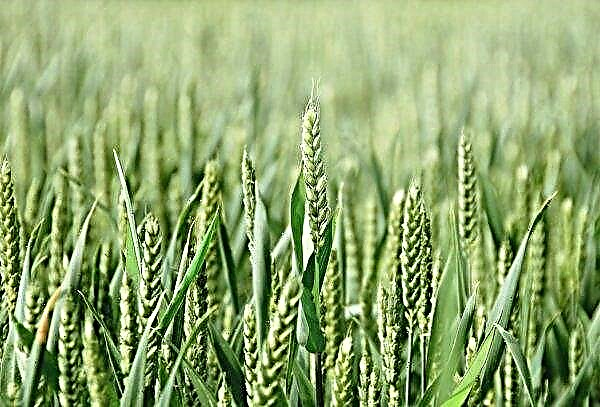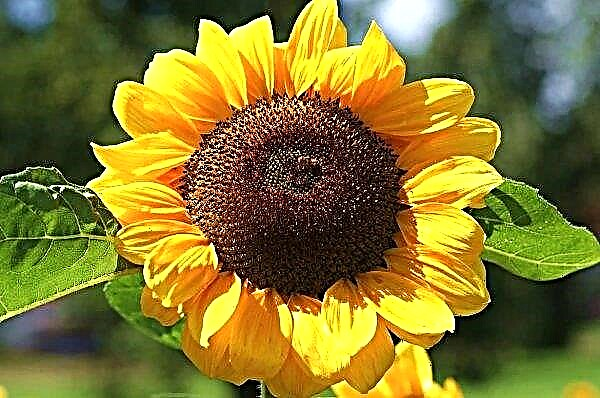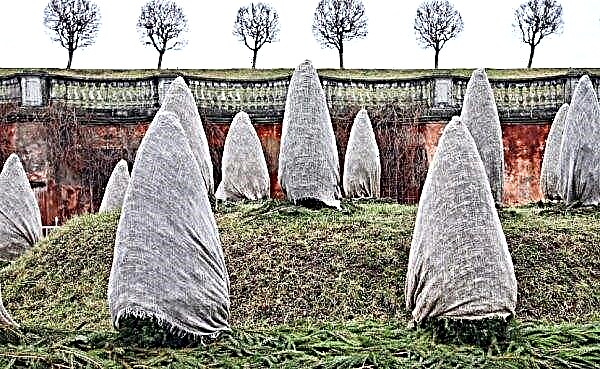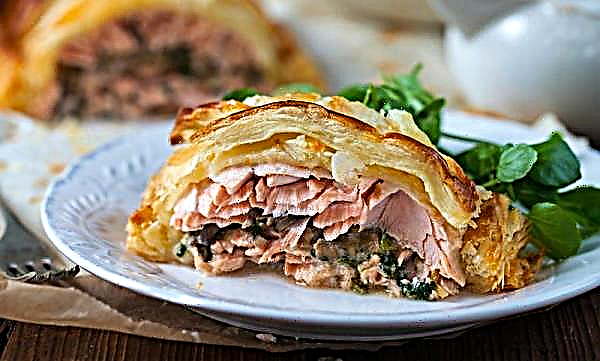Small-flowered pine Negus (Pinus parviflora Negishi) grows in the form of a decorative bonsai or shrub. Came to our country from the Japanese islands. This type of flora is used in landscape design compositions or for creating bonsai.
Botanical tree description
A brief description of this type of pine:
- habitat - forest terrain of the Japanese islands;
- view - a variety of white parviflora pines;
- size - height from 1 to 2 m, diameter from 0.8 to 1.2 m;
- growth rate - refers to slowly growing, gaining up to 10 cm per year;
- the shape of the crown is irregular, columnar or wide pyramidal;
- needles - needle-shaped, soft, thick, bluish-green, near the root has a golden color;
- trunk - dark gray or light brown;
- cones - have the shape of an egg, size - up to 1 cm;
- insolation - prefers well-lit places;
- frost resistance - up to -30 ° С;
- soil - moderately moist, loamy or loamy, acidic, light;
- soil acidity - 4.5–6.5 pH.
Landing
Negishi can be planted from mid-spring to mid-September. Experienced gardeners recommend planting seedlings that already have 3-4 years.
Important! Before planting a small-flowered pine, carefully choose planting material. The branches of the seedling should be strong, the needles are bright-green, not faded, but the root system without rot-affected areas.
Actually planting this plant can be divided into several simple steps:
- Selection and preparation of the place. The tree loves lighted areas, protected from drafts and strong winds. A pit should be dug 0.5–0.6 m, its diameter should be about 0.7 m. It is advisable to lay soil at the bottom with a layer of 10–15 cm. If a gardener plants more than one Negishi seedling, the distance between plants should be about 1, and better than 1.5 m.
- Preparation of the organic mixture. It is necessary to mix sand and turf in a ratio of 1: 2. If the soil in which Pinus Negishi is planted is poor in nutrients, a complex fertilizer should be poured on the bottom of the recess. An organic mixture is placed on top of the dressing, which should fill about 60% of the pit.
- Planting a seedling. The plant must be very carefully placed in the middle of the recess without touching or damaging the root system. Then pour the soil mixture on top and slightly compact it. It is necessary to ensure that the root neck is not filled up.
- Watering and mulching. Immediately after planting, the tree must be watered, spending about 5-6 liters of water. Then sprinkle the circle around the plant with peat or wood chips.

Pine care
This genus of small-flowered pines is considered frost-resistant, in addition, it feels great both in the sun and in a small shade. But for the winter, plants living in the garden, and not in pots, are recommended to be covered with protective material, agrofibre or spruce branches, since the branches can get sunburn. Protection is worn from December to April. Do not use dense oxygen-impervious material, this can lead to debate and pine disease.
Did you know? Dwarf trees began to be used to decorate a garden in ancient China. From there, this tradition moved to Japan, turning into an art called — Bonsai
In order for the Negishi to please his master with a healthy look, four things must be done correctly:
- top dressing;
- watering;
- mulching;
- pruning.
Watering and feeding
Watering Negishi must be done carefully, the tree does not like waterlogging. After planting, every week pine is watered with 2-3 l, if the weather is dry, the portion can be increased by several liters, but it is not necessary to overdo it, this kind of pines is resistant to drought. If spring and early summer turned out to be arid, you can arrange "sprinkling". This procedure is carried out several times a month, it especially favorably affects a recently planted plant.
Adult pines practically do not need feeding. It is carried out under the condition that the tree grows only a few years. Complex mineral fertilizer is applied to the soil around the trunk at a rate of 30–40 g per m².If the gardener believes that the soil in which the tree grows is not rich in nutrients, Negishi can be fed with organic fertilizers, such as wood ash. This mixture is diluted about 3 liters per bucket of water. It spills out under the root of the plant.
Loosening and mulching
Loosening around the trunk of Pinus Negishi should be carried out in the spring. As soon as the soil is finally warmed up, it should be loosened to a depth of about 10 cm. Also, this process should be carried out in the summer after rains, several times a season. This procedure improves the aerial nutrition of plant roots. In autumn, the area around the trunk should be mulched to protect it from frost. This is done using bark or wood chips.
Did you know? Representatives of the pine flora work as natural filters, purifying oxygen from harmful bacteria. According to studies conducted by scientists from different countries, there are an order of magnitude smaller amount of pathogenic microbes in the air of a pine forest than in urban conditions.
Pruning
Pruning Negishi pine should be carried out:
- formative;
- sanitary.

Sanitary pruning consists of spring removal until buds, broken or dry branches, have blossomed in the tree. Forming pruning is carried out to give the plant the desired shape. To do this, Negishi is attached to the kidneys. If the owner of the tree wants to stop its growth, then the buds should be shortened by 60–70%.
Possible diseases and pests
There is a list of pests typical for this small-flowered pine:
- Hermes pine. Aphids, parasitizing on conifers, appear in the form of an off-white coating. Her activity leads to discoloration and decay of the needles. It is necessary to fight this pest with the help of Rovikurt or Actellika.

- Pine aphid. A harmful insect feeding on plant juices. Forms gray spots on the pine, leads to yellowing of the needles. You can get rid of it by treating the tree with “Karbofos”.
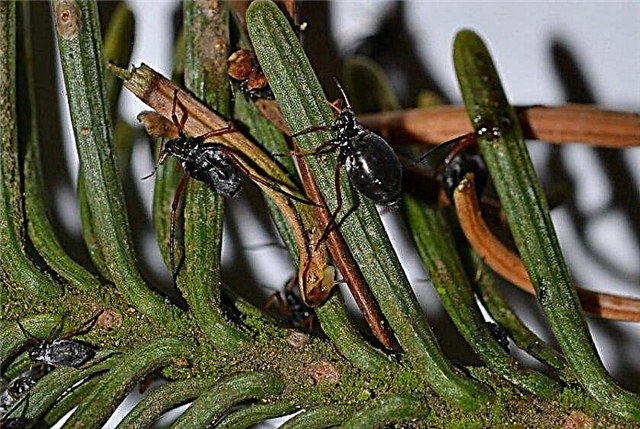
- Bedbug. The pest, who spends winter in fallen needles, lives in the summer under the bark of a pine tree. Its activity leads to a slowdown in the growth of pine flora and the drying out of branches. For prevention from this insect, the area around Negishi should be treated with a dust solution (about 30 g per tree) in autumn and spring.

- Caterpillars. A variety of caterpillars like to attack the crown of this plant, they are attracted by the softness of the needles and nutrients. In the fight against these pests, it is necessary to use chemicals based on bioinsecticides and insecticides.

- Shield. The activity of this insect leads to the fall of needles. It is dangerous with its larvae that penetrate deep into the branches of the plant and feed on its juices. “Acarine” applied to the plant at the beginning of summer helps from scale insects.

Negichi is susceptible to several diseases typical of pine:
- Fungal diseasesI (shute, spotting) lead to darkening and falling of the needles due to infection of the tree with harmful fungi. Fight these diseases with the help of colloidal sulfur or Bordeaux mixture.
- Cancer diseases (tar, rust, ulcerative, shoot) - brown, brown or black spots appear on the crown. Also, ulcers and suppurations may appear on the trunk. It leads to the death of the entire plant or its individual parts. This disease is fought by cutting off the affected parts and subsequent treatment of these areas with a solution of fungicides.
Important! If there are still small-flowered pines next to Pinus Negishi, who has become cancerous, the affected plant should be isolated so that the disease does not spread to other trees.
The use of wood in landscape design
Negishi is widely used in landscape design, in fact, for this she is grown in our country. It is used in compositions involving a rocky, cereal or heather landscape. Near the large trees, this pine tree does not look lost in their background.
Experienced designers recommend using Negishi in combination with:
- thujas;
- mountain ash;
- barberry;
- acacia.

It is not recommended to combine small-flowered pine with lilac, bird cherry and birch. Pinus parviflora Negishi is perfect for the Russian climate, it is unpretentious, besides it is not difficult to care for. This representative of the pine flora will look worthy both on the personal plot and in solitary landscape compositions.






